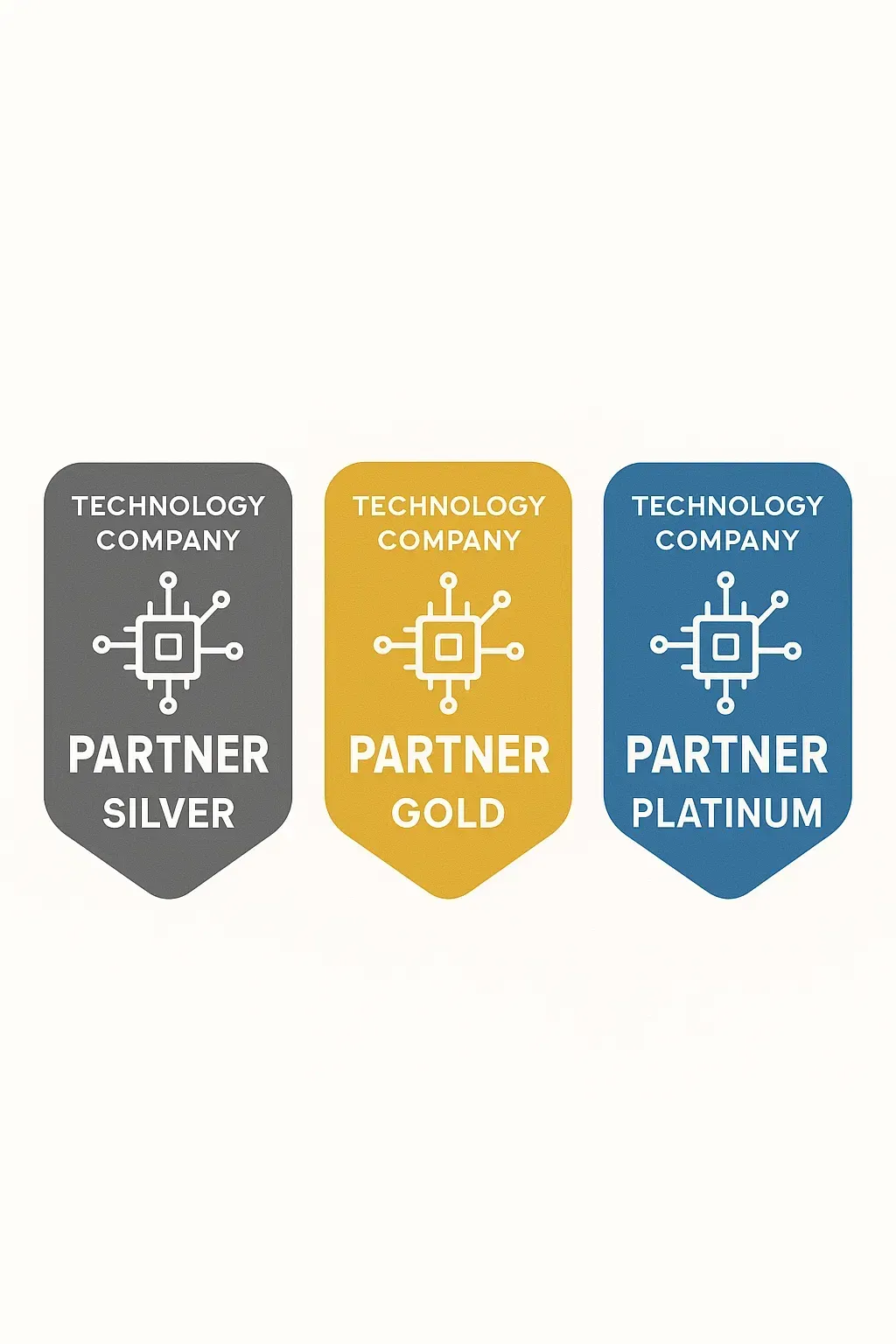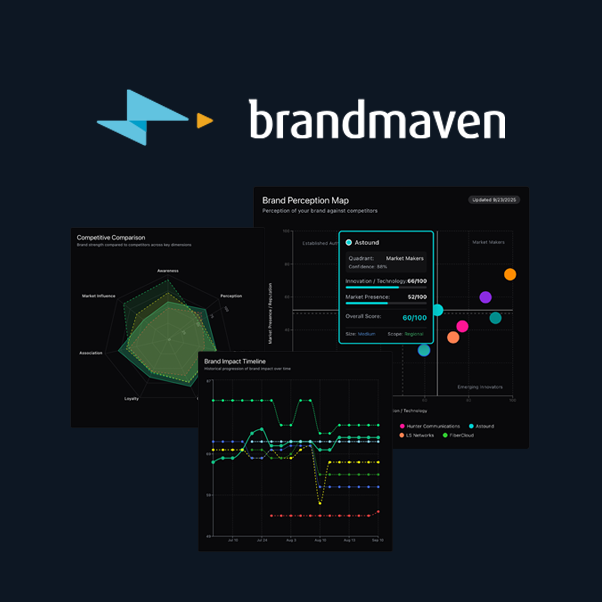Five Ways to Tell Your B2B Tech Brand Has a Positioning Problem
In B2B technology arenas like SaaS, IT services, and IT infrastructure, standing out in a crowded marketplace is both a challenge and a necessity. Brand directors and CMOs are tasked with the critical role of ensuring their company's unique value proposition is clear, compelling, and consistent. Yet, even the most seasoned professionals can sometimes miss the signs that their brand positioning is off-kilter. Here are five key indicators that your B2B tech brand may have a positioning problem.
1. Your Go-To Slide Deck is 40+ Slides
One of the clearest signs of a positioning problem is an overstuffed slide deck. If your standard presentation to prospects or stakeholders is more than 40 slides, it’s a red flag. An overly lengthy deck often means you’re trying to compensate for a lack of clarity and focus. Instead of delivering a succinct and compelling narrative, you’re bombarding your audience with information in the hope that something will stick.
A well-positioned brand can convey its core message and value proposition in just a few slides. It should be easy to communicate what your company does, how it’s different, and why it matters. If you find yourself needing slide after slide to explain your business, it’s time to revisit and refine your positioning.
2. You Sound Like All Your Competitors
In the B2B tech space, differentiation is key. If your messaging sounds eerily similar to that of your competitors, your brand is likely suffering from a positioning problem. When your value proposition, key messages, and even your taglines echo the industry norm, it becomes challenging for prospects to see why they should choose you over another provider.
Conduct a competitive analysis to see how your messaging stacks up against others in your industry. If you find that your language, tone, and claims blend in with the crowd, it’s a clear indication that your positioning needs a refresh. Aim to highlight your unique strengths and the distinct benefits you offer to stand out in a sea of sameness.
3. Even Your Employees Can't Describe What You Do or Why It’s Important
Your employees are your brand ambassadors, and if they struggle to articulate what your company does and why it matters, you have a positioning problem. When employees can’t easily describe your company’s mission, products, and unique value, it points to a lack of internal alignment and clarity.
Hold internal workshops or training sessions to ensure that everyone in your organization understands and can communicate your brand’s positioning. A strong, clear, and well-communicated positioning strategy not only helps in external marketing efforts but also boosts internal morale and alignment.
4. Your Sales Cycle is Incredibly Long
While B2B tech sales cycles are inherently longer due to the complexity of products and decision-making processes, an excessively long sales cycle can indicate a positioning issue. If prospects are taking too long to move through the sales funnel, it may be because they don’t fully understand the value you provide or how you differ from competitors.
Clear and compelling positioning helps prospects quickly grasp your value proposition — even before they engage with Sales — leading to faster decision-making. Review your sales and marketing materials to ensure they are succinct, compelling, and aligned with your brand’s unique strengths. Simplifying and clarifying your message can help reduce the length of your sales cycle.
5. Your Market Share is Stagnant or Declining
If your market share has plateaued or is declining, despite consistent marketing and sales efforts, it’s a strong indicator that your brand positioning may be off. Stagnant or declining market share suggests that your target audience isn’t resonating with your current positioning, or worse, they’re being swayed by competitors with clearer, more compelling messages.
Conduct market research to gather insights on how your brand is perceived versus your competitors. Use this data to refine your positioning strategy, ensuring it aligns with market needs and differentiates you from the competition. A well-positioned brand should be able to capture and grow market share by clearly communicating its unique value proposition.
Outside Perspective is a Game Changer
Identifying and addressing a positioning problem is crucial for the success of your B2B tech brand. Gaining the outside perspective of a brand agency can help identify opportunities internal stakeholders may be too close to see. Speak! has helped a long list of tech leaders discover their brand essence and carve out a compelling position. Let our leadership team provide an initial analysis of your positioning and visual identity strategy. Tell us a little bit about your brand and we'll weigh via a video recording with our assessment and provide some actionable tips and priorities.




